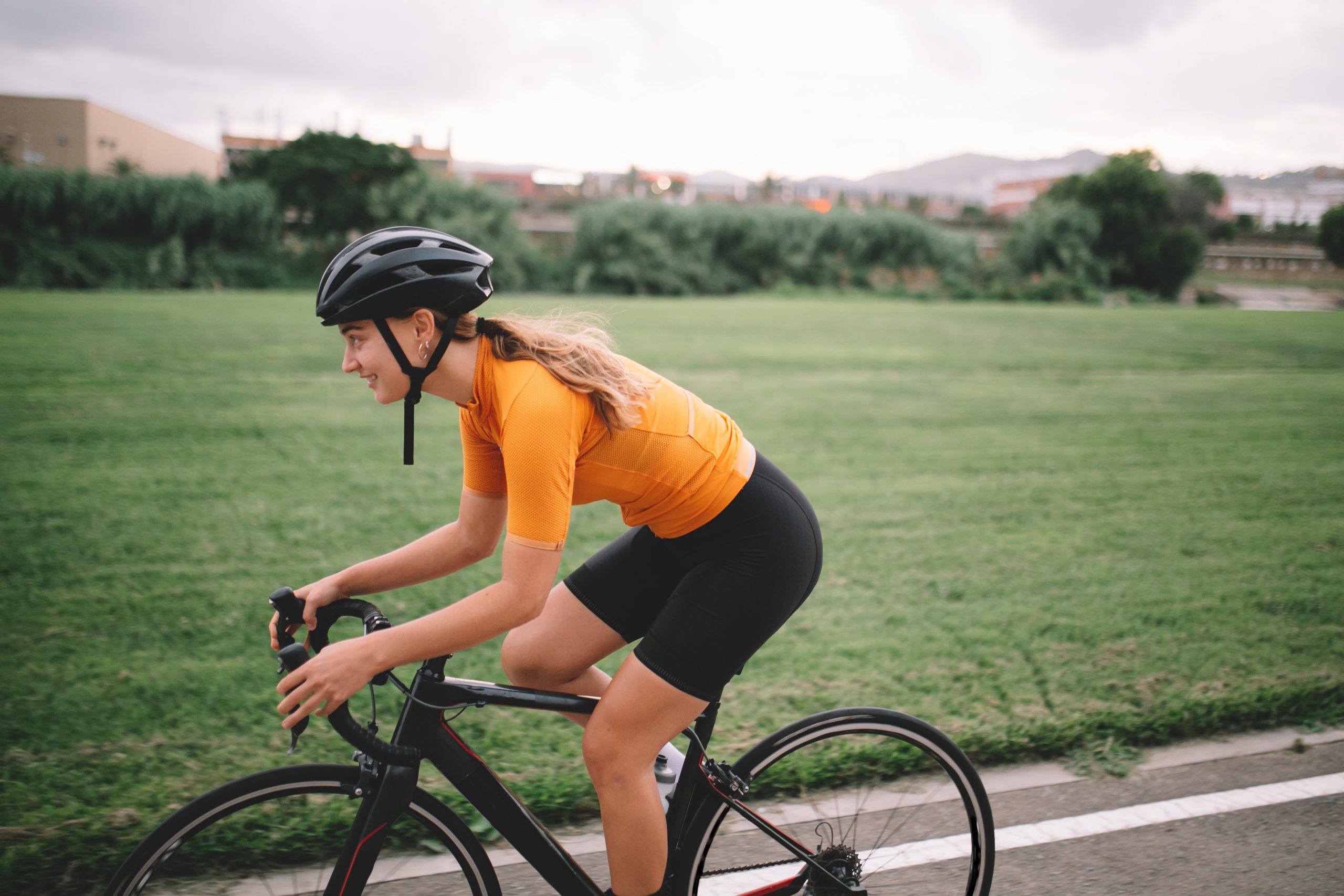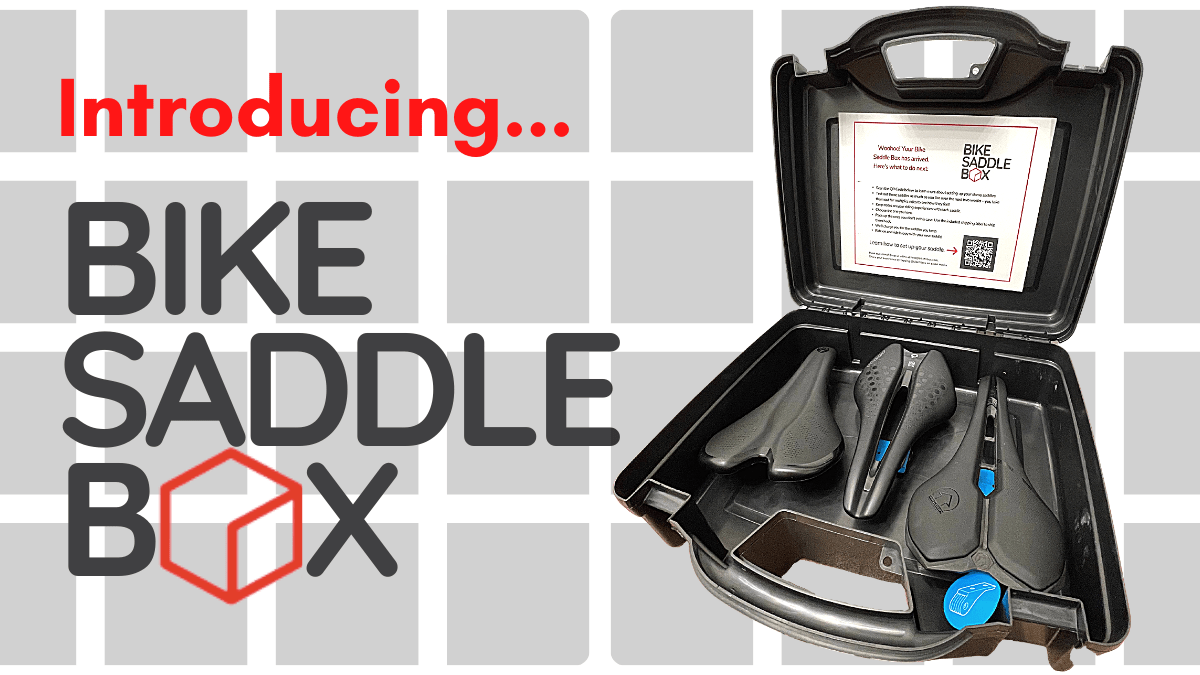Friends of Science of Speed know that we take great pride in our expert bike fits. Last year, we launched Bike Fit Box to bring that expertise to cyclists through virtual, at-home fittings. Now, Bike Fit Box is introducing a brand new service that is changing the game once again.
Bike Saddle Box is a first-of-its-kind saddle demo experience that allows cyclists to try out multiple saddles at home, on their very own bike for fourteen days.
This unique way to shop for saddles is built for convenience, which is the foundation of all the services we offer at Bike Fit Box. Cyclists can test ride these saddles at home on their own bike for as many rides as they like. They keep what you love, send back what you don’t. It’s that simple – and should always be this simple – to make your next ride more comfortable.
The Bike Saddle Box demo experience comes at a flat-rate cost of $75. Cyclists who opt to keep one or more saddles from the demo are charged for those saddles at a discounted rate following the completion of the demo period. More than 40 models are available to try from top brands like ISM, Pro, Selle Italia, WTB, Prologo, Fiz’i:k, Origin 8 and Terry.
Curious about Bike Fit Box and Bike Saddle Box? Learn more and book your at-home delivery today!










